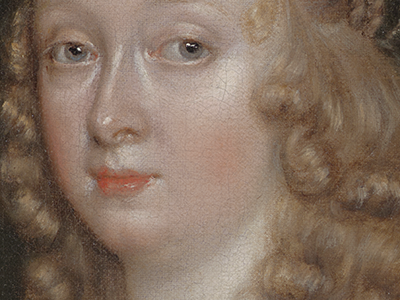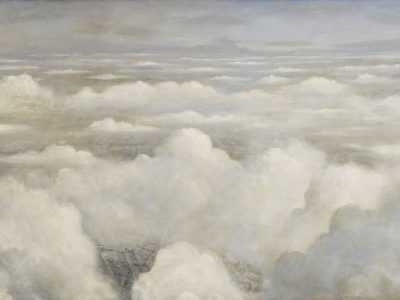David Hockney, Picture of a Still Life that has an Elaborate Silver Frame, 1965
In 1965, David Hockney produced the lithograph, Picture of a Still Life that has an Elaborate Silver Frame. This was also the year when Arthur Gore, 8th Earl of Arran, proposed the decriminalisation of male homosexual acts in the House of Lords.
Hockney moved to Los Angeles in 1964, where he was able to embrace a more open expression of his sexuality. This lithograph was completed the following year as part of the series A Hollywood Collection.
‘It’s a kind of joke thing, a kind of home-made art collection with bits of everything in it, a nude, an abstract, a landscape and so on. I was working with a printer in Hollywood whose workshop was behind a framer’s. He had all these marvellous frames in the window. I got interested in this trompe l’oeil thing – a picture of a thing with something else within something else…’









